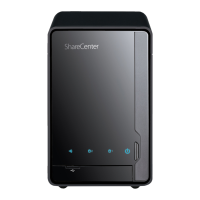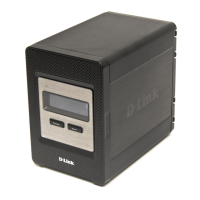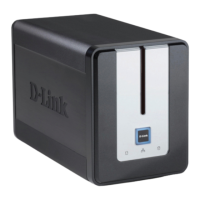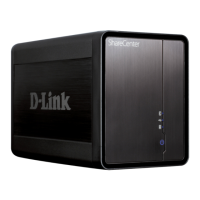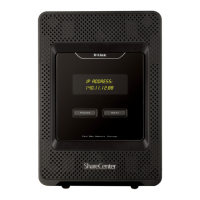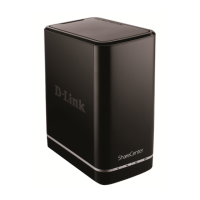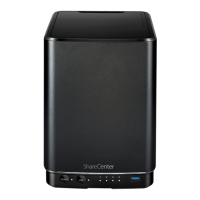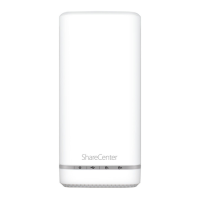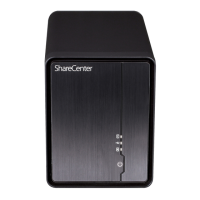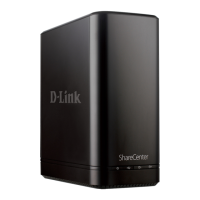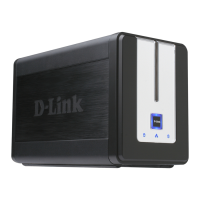98D-Link ShareCenter Pulse DNS-320 User Manual
Section 5 - Knowledge Base
Knowledge Base
What is RAID?
AID, short for Redundant Array of Independent Disks, is a combination of two or more disks with the aim of providing fault tolerance and improving
performance. There are several dierent levels of RAID, with each one providing a dierent method of sharing or distributing data among the drives.
The device supports JBOD, RAID 0, RAID 1, and Standalone.
RAID 0 provides data striping, which spreads out
blocks of data over all drives, but does not provide
data redundancy.
Although performance is improved, the lack of
fault tolerance means that if one drive fails, all data
in the array will be lost.
AID 1
AID 1 provides mirroring over multiple disks, with the
same read/write speed of a single disk. A RAID 1 array can
only be as large as it’s smallest member disk.
Because the data is stored on multiple disks,
RAID 1 provides fault tolerance and protection, in
addition to performance advantages.
AID 0
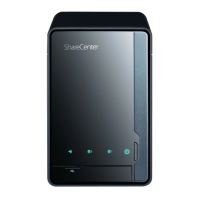
